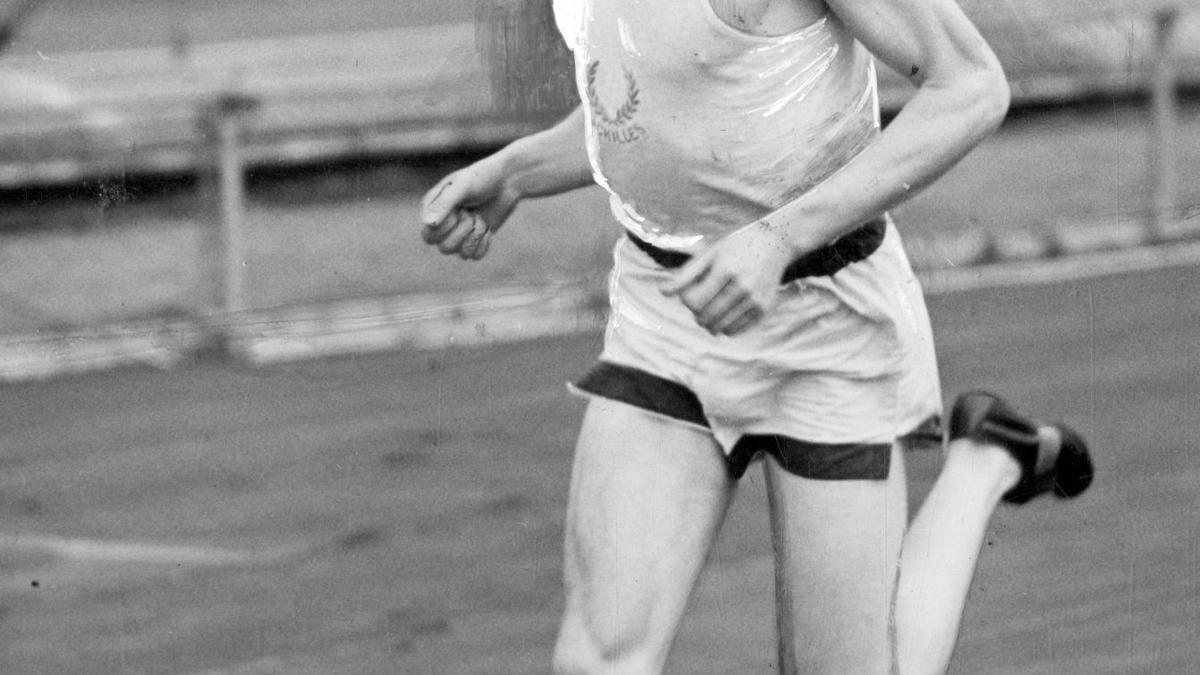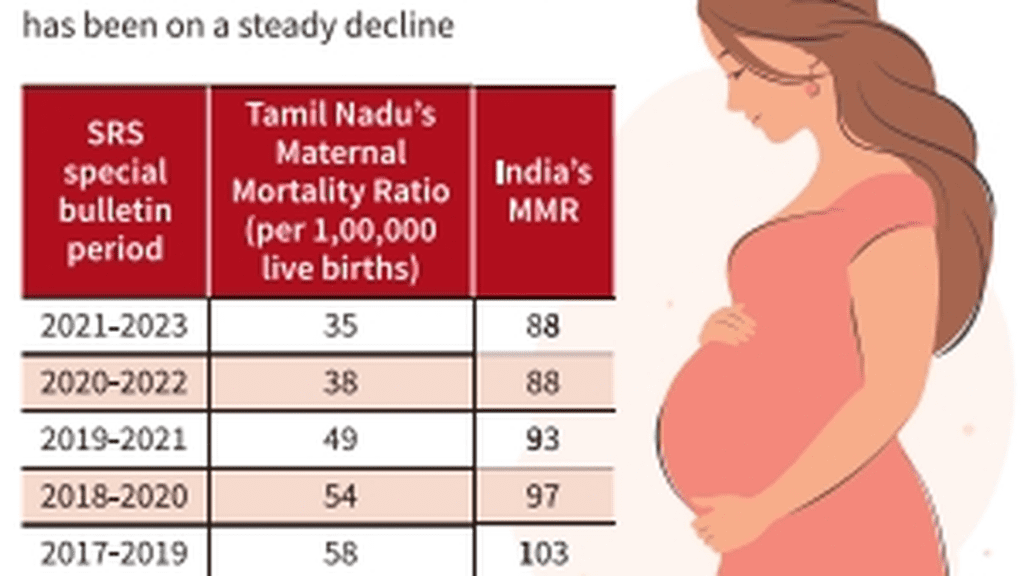Last Word: Technology enhancing performance

Last Word: Technology enhancing performance
For a while in Oxford, my son lived in rooms overlooking the Iffley Road track where Roger Banister broke the four-minute barrier for the mile. We marvelled at the history. It became, unsurprisingly, the Roger Bannister running track. That record came in May 1954, as Bannister, aided by pacemakers, ran in 3:59.4, a set of numbers as famous in athletics as 19 for 90 is in cricket or 3.14 in geometry. The current world record of 3:43.13 is held by Morocco’sEl Guerrouj.
Steve Scott of the U.S. who was born two years after Bannister’s effort, ran 136 sub-four-minute races. Today no international athlete worth his salt takes as long as four minutes to run the mile. Last year Parvej Khan, Haryana-born middle-distance runner now in the U.S., raised the Indian record to 3:55.41.
There is something about the mile that is at once romantic and challenging. Perhaps it is the single-syllable word itself, and the 70-year legends following that first record. Perhaps it is the tactical combination of brain and brawn demanded of the runner.More people have climbed the Everest than have broken the four-minute mile!
What about the women, though?The world record4:07.64 was set byKenyan runner Faith Kipyegon in 2023. Is there a sub-four-minute mile on the horizon for women?
Twenty three days after Bannister’s record, the lesser-known Briton Diane Leather ran the women’s first sub-five-minute mile. “Thank heavens that’s over,” she said after the race, “Now I can concentrate on my chemistry exams.” At the Olympics then, 200m was the longest distance for women.
Bannister once said, “Doctors and scientists said breaking the four-minute mile was impossible, that one would die in the attempt. Thus, when I got up from the track after collapsing at the finishing line, I figured I was dead.”
Interestingly, scientists are saying now that women can break the four-minute barrier thanks to advances in shoe technology and manipulation of aerodynamics. According to a paper in the Royal Society, “aerodynamic drafting could allow (a woman) to run just 3.19% faster and thus break the 4-minute mile barrier. Drafting involves other athletes (pacers) running in formation around a designated athlete to reduce the aerodynamic drag force. Drafting allows the athlete to run faster at the same rate of metabolic energy consumption.” The scientists have studied Kipyegon and conclude that she could be the one.
She can’t use pacemakers or aerodynamic drafting in a competitive race, though, as it is not allowed. With the help of somewhat similar pacemakers,Eliud Kipchogebecame the first person to run the marathon in under two hours.
The record, 1h:59.41, set in Vienna, is not recognised asa rotating team of pacemakers shielded Kipchoge from the wind, while he wore Nike’s specifically designed carbon fibre plated shoes.The official world record is 2h:00.35, set by the late Kelvin Kiptum of Kenya at the 2023 Chicago Marathon.
The women’s sub-four-minute mile and the sub-two-hour marathon? It’s only a matter of time now










